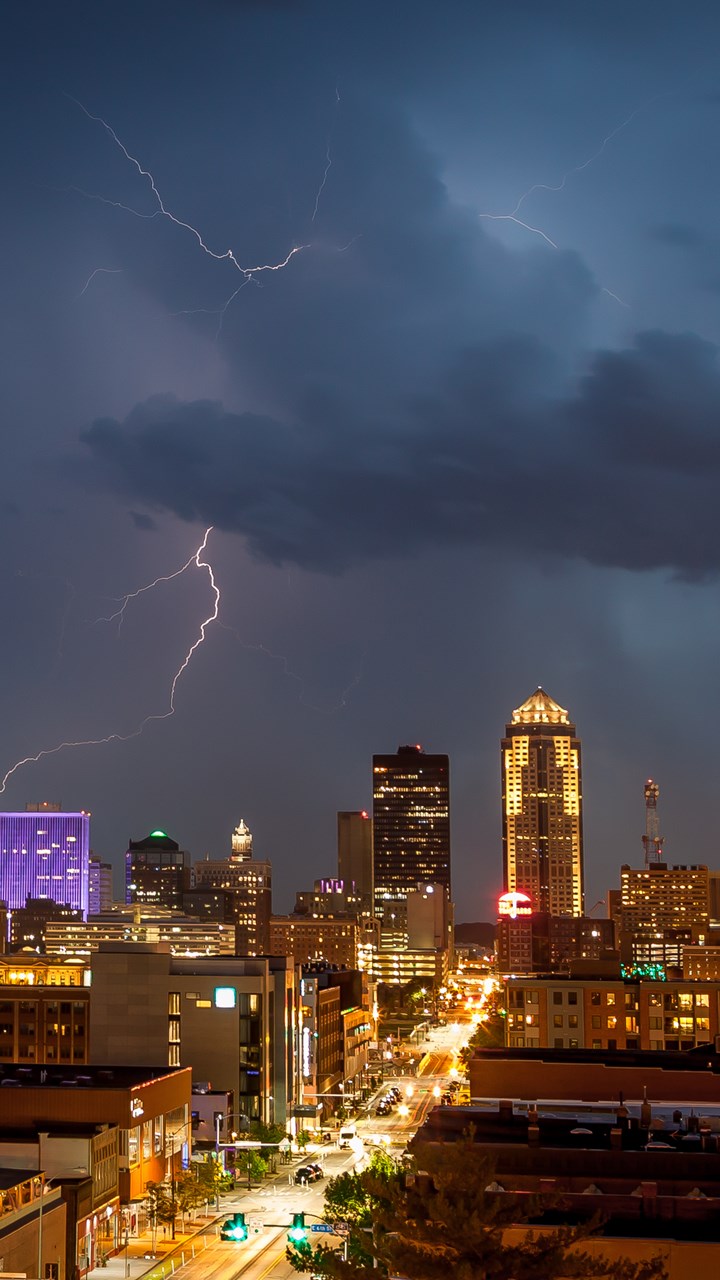- Be Informed
- 911
- Agriculture and Farm Operations
- Air Travelers
- Biological Threats
- Blizzards
- Bomb Threats
- Bus Travelers
- Business Community
- Carbon Monoxide
- Chemical Threats
- Clean Air
- Coping with Emergencies
- Cyber Attacks
- Donations
- Evacuation
- Extreme Cold
- Extreme Heat
- Financial Institutions
- Fires
- Flood Insurance Program
- Flooding
- Flooding - Living Behind a Levee
- Forms of Communication
- General Aviation
- Hail
- High-Rise Buildings
- Hobby Shops
- Home Safety
- Hotels and Motels
- Household Chemicals
- In a Moving Car
- Influenza Pandemics
- Multi-Family Dwellings
- Nuclear Threats
- Power Outages
- Radiation Threats
- Retail Stores
- Shelter In Place
- Storage and Warehouse Facilities
- Suspicious Packages
- Terrorism
- Thunderstorms
- Tornados
- Utilities
- Warning Sirens
- Winter Driving
- Winter Weather
- Be Informed
- 911
- Agriculture and Farm Operations
- Air Travelers
- Biological Threats
- Blizzards
- Bomb Threats
- Bus Travelers
- Business Community
- Carbon Monoxide
- Chemical Threats
- Clean Air
- Coping with Emergencies
- Cyber Attacks
- Donations
- Evacuation
- Extreme Cold
- Extreme Heat
- Financial Institutions
- Fires
- Flood Insurance Program
- Flooding
- Flooding - Living Behind a Levee
- Forms of Communication
- General Aviation
- Hail
- High-Rise Buildings
- Hobby Shops
- Home Safety
- Hotels and Motels
- Household Chemicals
- In a Moving Car
- Influenza Pandemics
- Multi-Family Dwellings
- Nuclear Threats
- Power Outages
- Radiation Threats
- Retail Stores
- Shelter In Place
- Storage and Warehouse Facilities
- Suspicious Packages
- Terrorism
- Thunderstorms
- Tornados
- Utilities
- Warning Sirens
- Winter Driving
- Winter Weather
Shelter In Place

You may not always need to evacuate during a major emergency or terrorist attack, as leaving the building may put you at greater risk. In these situations, you may be advised to shelter-in-place.
What is Shelter-in-Place?
- Shelter-in-place means to stay indoors, whether in your home, school, business or public buildings.
- It may also include additional precautions such as turning off fans, air conditioning and forced air heating systems during a contamination emergency. While this may make the facility slightly uncomfortable, it will not become a life-threatening situation. This action could significantly reduce the possibility of contamination of the air inside.
When Should I Shelter-In-Place?
- Shelter-in-place may be used or recommended when there is little time to react to an incident and it would be more dangerous to be outside trying to evacuate than it would be to stay where you are. Examples include severe storms or tornadoes, civil unrest, or extreme temperatures.
- This method may also be recommended in the event of a chemical or biological release, whether accidental or intentional. Most chemical or biological agents, if released into the air, will dissipate in a short period of time. In most cases, sheltering-in-place will not continue for more than a few hours.
Choose an interior room or one with as few windows and doors as possible. Consider precutting plastic sheeting to seal windows, door and air vents. Each piece should be several inches larger than the space you want to cover so that you can duct tape it flat against the wall. Label each piece with the location of where it fits.
If you are told to shelter-in-place at home, take your children and pets indoors immediately. Lock doors, close windows, air vents and fireplace dampers. Turn off air conditioning, forced air heating systems, exhaust fans and clothes dryers. Take your emergency supplies and go into the room you have designated. Seal all windows, doors and vents. Watch TV, listen to the radio or check the internet for instructions.
During an emergency, try to stay calm and immediately follow the protective measures recommended by your local officials and emergency managers. You will be told when it is safe to discontinue shelter-in-place.
